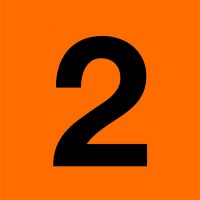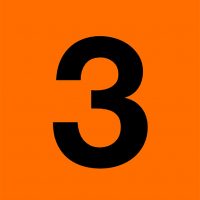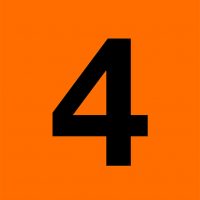
Bone Disorders

Bone Disorder Objectives
-
Explain what a fracture is, how it is repaired, and identify bone fractures in X-rays.
-
Provide examples of different forms of arthritis.
-
Describe osteoporosis, including how it relates to bone density.
Most of us will have multiple skeletal fractures in our lifetimes and approximately half of us will develop inflammation disorders, including arthritis. This video introduces these disorders.
Fractures are typically diagnosed with X-rays. You have likely experienced a medical professional showing you an X-ray to explain a diagnosis. This video introduces how to read an X-ray.
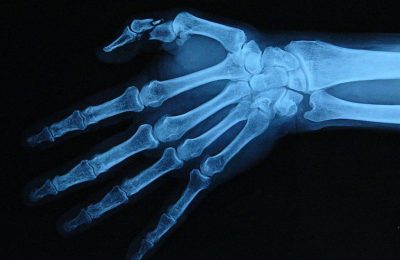
1. Broken thumb
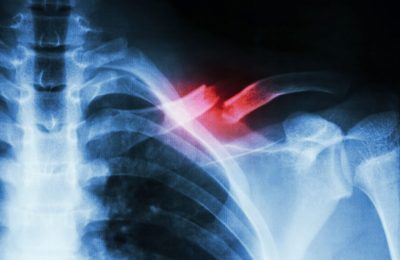
2. Broken clavicle
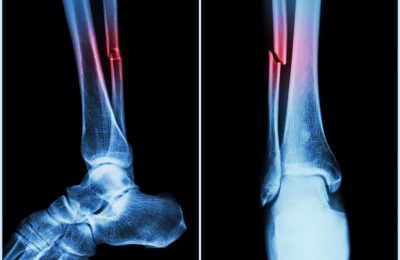
3. Broken fibula
Often a medical professional will identify the type of fracture. Here are the most common forms you may encounter.

If a bone fractures it can heal within 1-2 months if it is a small break, or many months if it is a large break, like the femur of the upper leg or the tibia and fibula of the lower leg.

We typically break multiple bones during our lifetime. This video describes how to keep a “fracture journal” so you do not need to re-learn the healing process repeatedly.
Arthritis
Arthritis is inflammation at a joint, where two bones come together. Rheumatoid arthritis is an autoimmune disease, the body attacks its own joints instead of pathogens like viruses or bacteria. Osteoarthritis results when padding at joints deteriorates and bones are displaces and/or grind together.

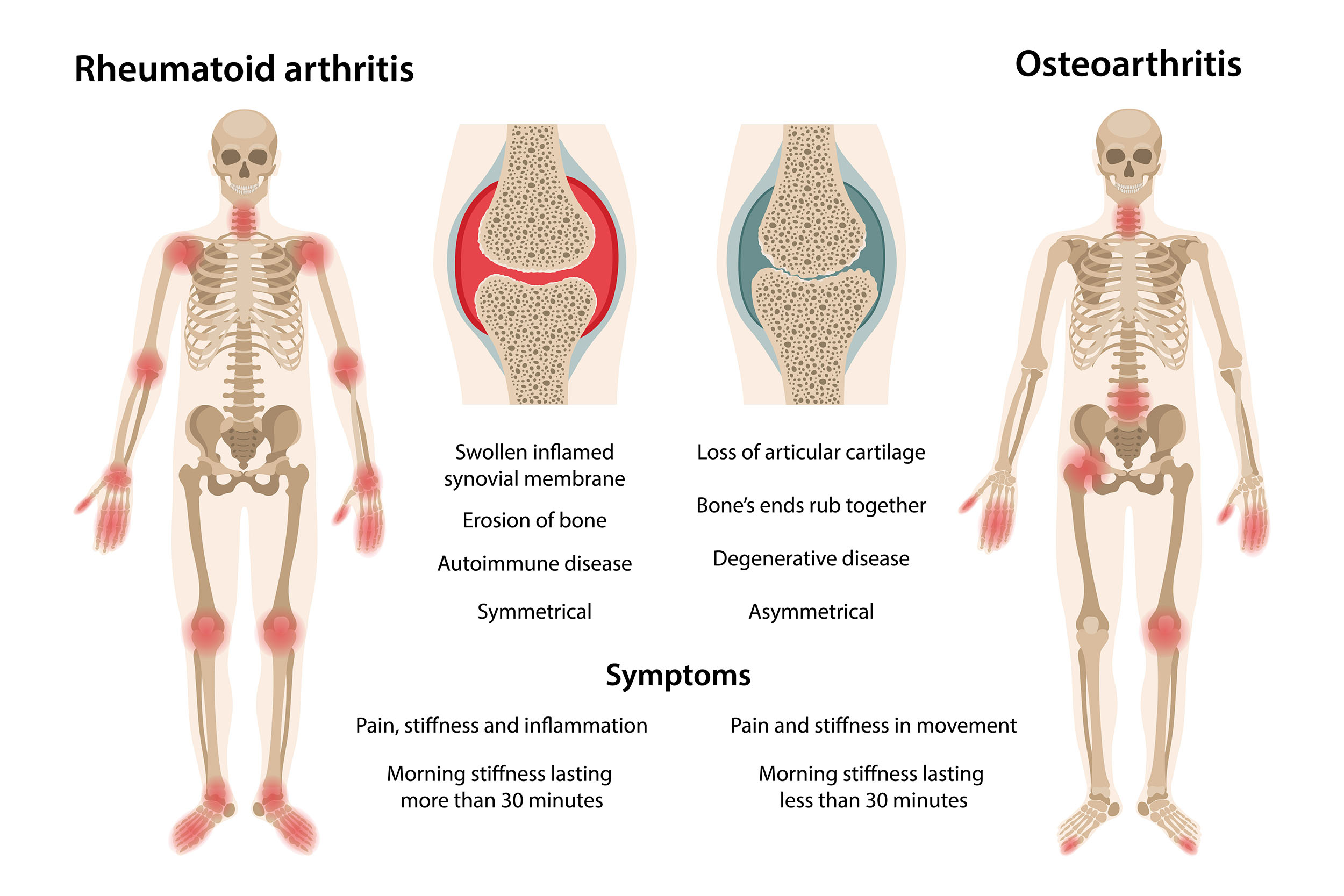
Here is an example of a hand joint with rheumatoid arthritis.
Gout is a form of arthritis that often occurs at the base of the big toe, but can impact other joints as well. Uric acid, a chemical in blood plasma that we’ll meet in the urinary guide, can crystallize in joints. The inflammation response causes swelling, limited movement, and pain.

Bone density can decrease with age; osteoporosis is a disease that speeds up the rate of bone loss.
Osteoporosis can go undetected until a fracture occurs. The most dangerous can be a “hip” fracture because it immobilizes an individual and takes a long time to heal. Healing is further delayed if a person is older and has limited calcium absorption.
When someone tells us they have been diagnosed with osteoporosis or other disorders, it can be challenging to find a constructive way to respond. Here is a possible way.
This is the end of the Skeletal Guide. Information from this guide and corresponding lecture, ad well as the next Muscular Guide, are assessed on the weekly quiz.

Check your knowledge. Can you:
-
explain what a fracture is, how it is repaired, and identify bone fractures in X-rays?
-
provide examples of different forms of arthritis?
-
describe osteoporosis, including how it relates to bone density?


